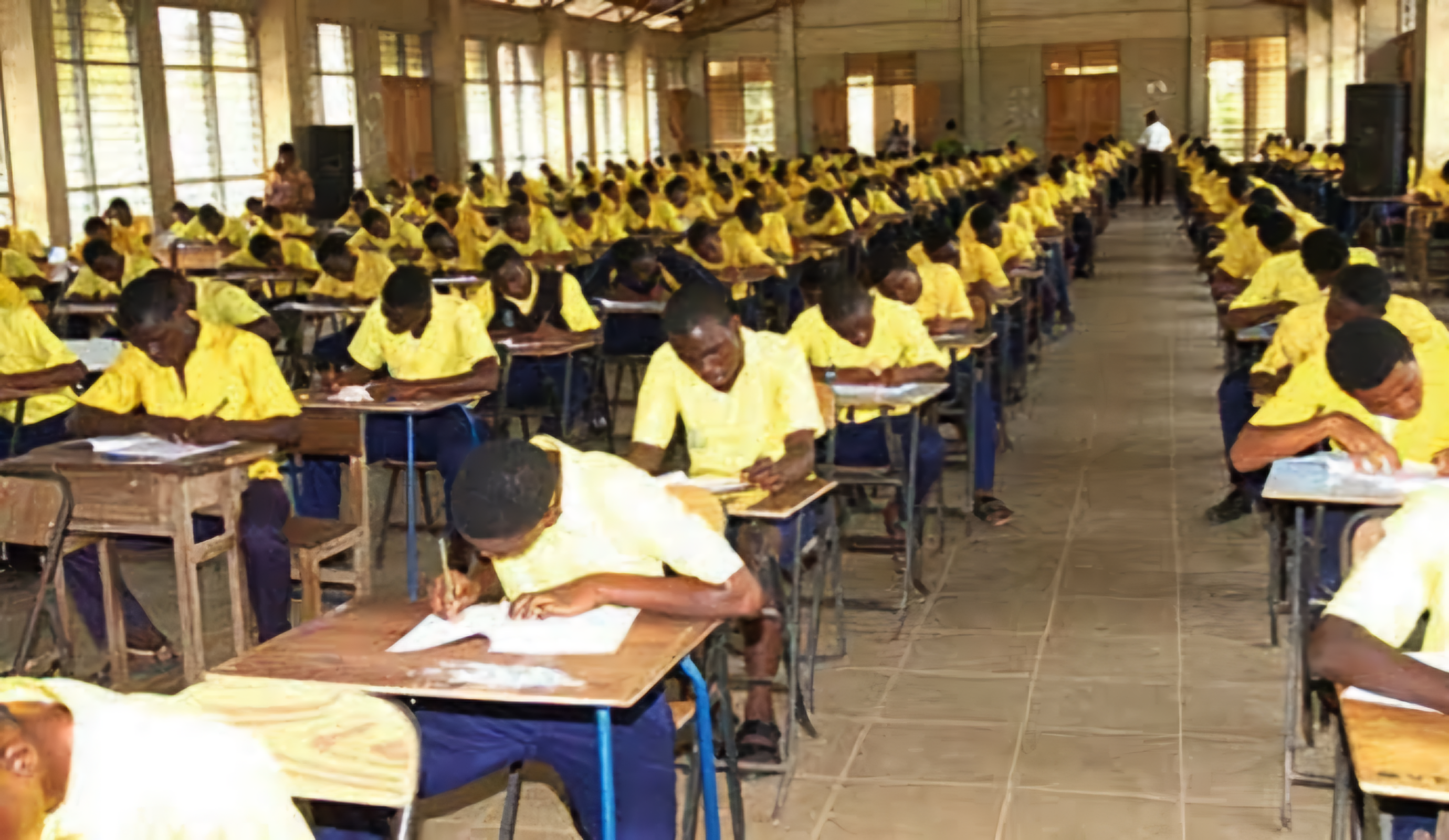Disciplining students effectively while maintaining a positive and respectful environment is crucial. Instead of resorting to physical punishment or abusive language, consider these approaches:
1. Establish Clear Expectations: Make sure students are aware of classroom rules and expectations from the beginning. Discuss behavior standards and the consequences of not meeting them.
2. Private Conversation: Address the issue privately to avoid embarrassment. Talk to the student calmly, expressing concern about their behavior and its impact on the class.
3. Active Listening: Allow the student to share their perspective. Sometimes, misbehavior may be a result of personal challenges or misunderstandings.
4. Use “I” Statements: Express your feelings and observations using “I” statements. For example, “I noticed that when you interrupt, it disrupts the class. Let’s discuss how we can improve this.”
5. Positive Reinforcement: Reinforce positive behavior with praise and encouragement. Recognize and appreciate students when they exhibit respectful behavior.
6. Logical Consequences: Connect consequences logically to the misbehavior. Help students understand the correlation between actions and consequences.
7. Classroom Discussions: Engage the whole class in discussions about respect and behavior expectations. Encourage students to share their thoughts on maintaining a positive learning environment.
8. Problem-Solving: Collaborate with the student to find solutions. Ask questions like, “How can we avoid this situation in the future?” This empowers students to take responsibility for their actions.
 Pazionmedia.com Pazion Media l Latest News l Politics l Sports l Entertainment
Pazionmedia.com Pazion Media l Latest News l Politics l Sports l Entertainment



